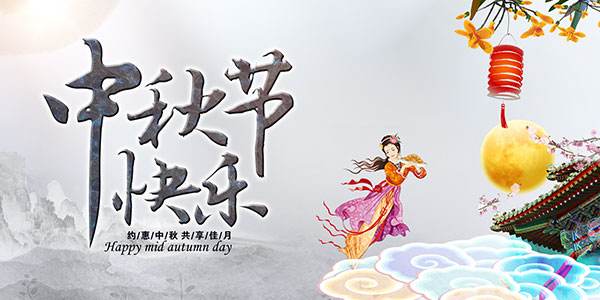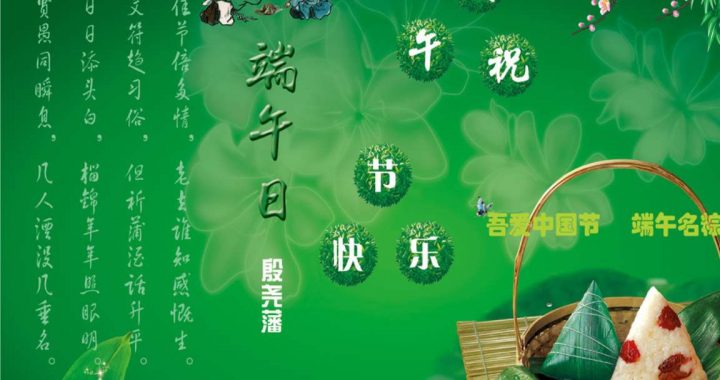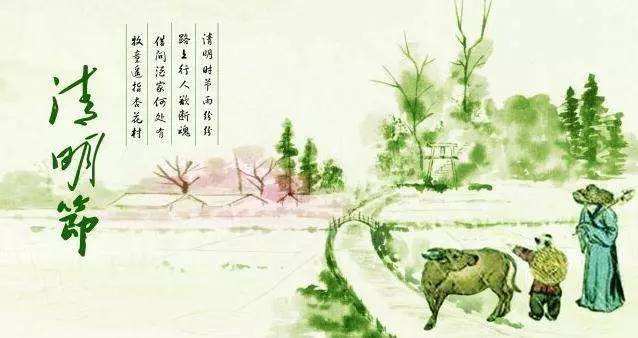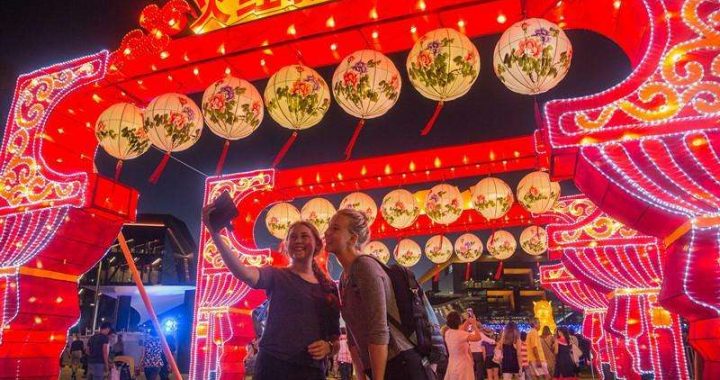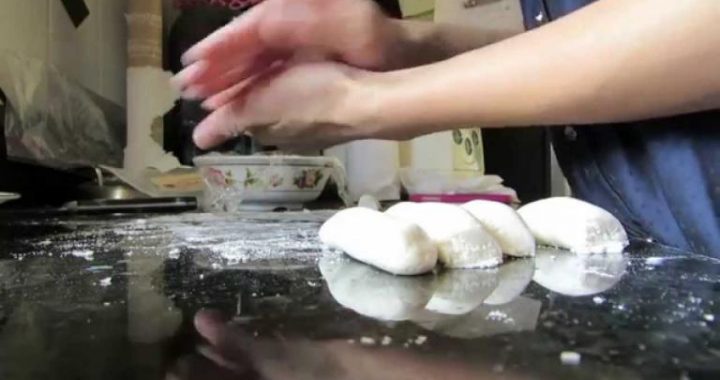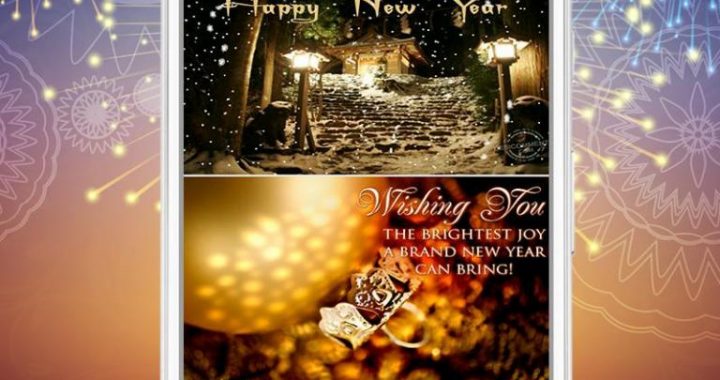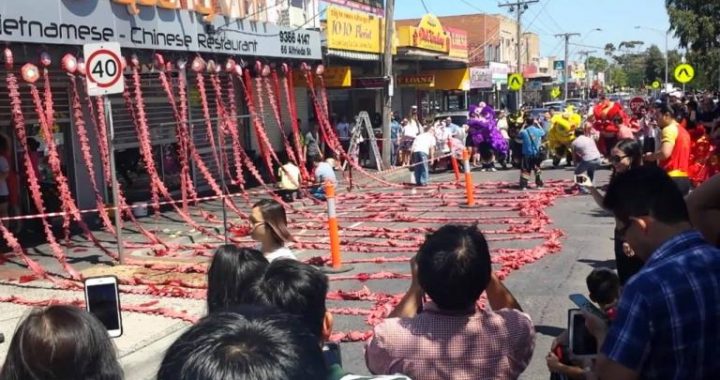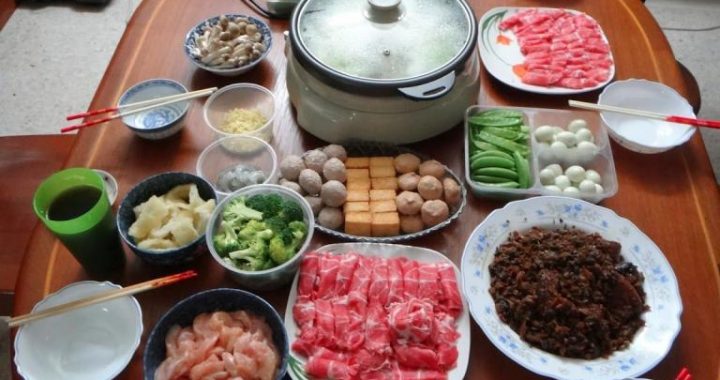New Yearin Tbetan Calendar for Tibetans
4 min readTibetan people call themselves “Boba”, meaning farming group, who have their root in an agriculture tribe in the Brahmaputra drainage area. Now they mainly live in the Tibetan Autonomous Region, Qinghai, Gansu, Sichuan and Yunnan provinces. They are very pious in their religious belief. Most of them believe in Tibetan Buddhism,i.e.
Lamaism. Tibetan people had their own language and calendar before Tang dynasty. In Yuan dynasty, the ancient Tibetan calendar combined with Han calendar and Indian calendar and formed the unique Tibetan calendar, which has been used from the 1lth century till today. Tibetancalendar is almost the same as the lunar calendar. Most Tibetan festivals are set according to the Tibetan calendar.
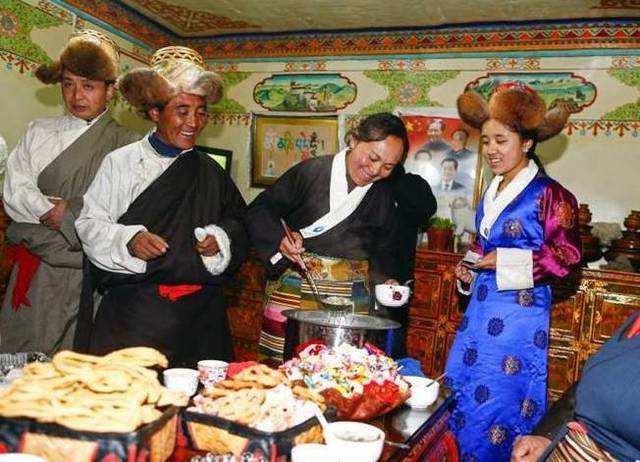
There are many Tibetan festivals, almost one or two in each month. Many Tibetan festivals are related to Buddhistactivities. The grandest festival is the Tibetan New Year.
Other festivals include the Butter Oil Lantern Festival, Sakadawa Festival in memory of the birthday of Sakyamuni and the coming of Princess of Wencheng, Buddha Bathing Festival, Shoton(Yogurt) Festival, Bathing Buddha Festival and Ongkor (Bumper Harvest) Festival. Besides, on the eighth, fifteenth, thirtieth days of every month in Tibetan calendar, people will walk reciting sutras and worship Buddha.
Tibetan New Year
The date of Tibetan New Year coincides with the Spring Festival in lunar calendar every three years. If in the first year the Tibetan New Year is on the same day with theSpring Festival, in the second year it will be one day later than the Spring Festival and in the third year it will be one month later. Then another cycle will come over. The first day of the first month in Tibetan calendar is always the Tibetan New Year.
From the mid-twelfth month in Tibetan calendar, people will start to prepare for the New Year. Usually they prepare deep-fry, candy, butter tea, black barley wine, mutton and beef. Many families have portraits of Songtsan Gambo and Princess Wencheng. They worship them in theway they worship deities. Meanwhile people also offer oblation to Dalai Lama and Panchen Lama.
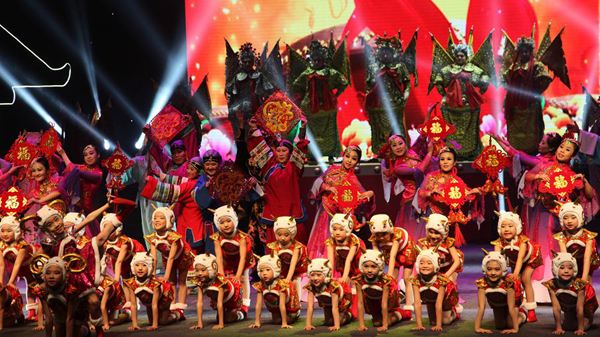
On the twenty-ninth day of the twelfth month in the Tibetan calendar, Tibetan family will gather and eat “Gutu”(meaning flour lump) to welcome the New Year. Some housewives will add something in the Gutu, for example, the dough in shape of sun and moon, porcelain piece, pepper, fleece, carbon, cattle dung and meat, to foretell the families’ personality and fortune. If one eats the dough in shape of sun or moon, the person will gain great honor; if one eats the lump with porcelain inside, he is a person whoalways eats his head off. If pepper is found in one’s lump, he is sharp in blaming others. The one who gets fleece is gentle and patient. The one who eats carbon is evil. The one eating cattle dung will have good fortune and the one eating meat will respect the senior and love the young. After eating Gutu, people will hold firebrand and set off firecrackers, shouting “Come out”and when they reach a crossroad they drop the firebrand to dispel ghosts and pray for a good fortune in the coming year.
According to the tradition, the first day of the first month in Tibetan calendar should be welcomed by the singing of a white-haired senior called “Zhega”.”Zhega”means an old man with white hair. Legend has it that in ancient times, whenever there was victory of war or abundant gaining in hunting,a sainted old man would sing to glorify deities and pray for bless to everyone. The custom gradually becomes the art of Ballard-singing unique toTibetans. The art is filled with people’s wish for good fortune and good health.
Worshipping Buddha is an important activity in Tibetan New Year. On the first day of the first month in Tibetan calendar, thousands of Tibetans will flood into Jokhang Temple, Hbras-spuns Temple, Sera Temple and Potala Palace in Lhasa to worship Buddha and welcome the coming of the New Year. Some people will hold butter oillamp, some will roll their wheel sutra, in order to offer Buddha their best wishes and piety.
During the New Year Festival, people pay New Year calls to each other. Tibetans have the custom of presenting hada to their guest. Hada is usually made from white cloththat is six to seven chi(1 chi=0.33 meter) long, one to two chi wide. Precious hada is made from damask silk and common hada is made from cotton or hemp. The white hada symbolizes purity, friendship and loyalty.
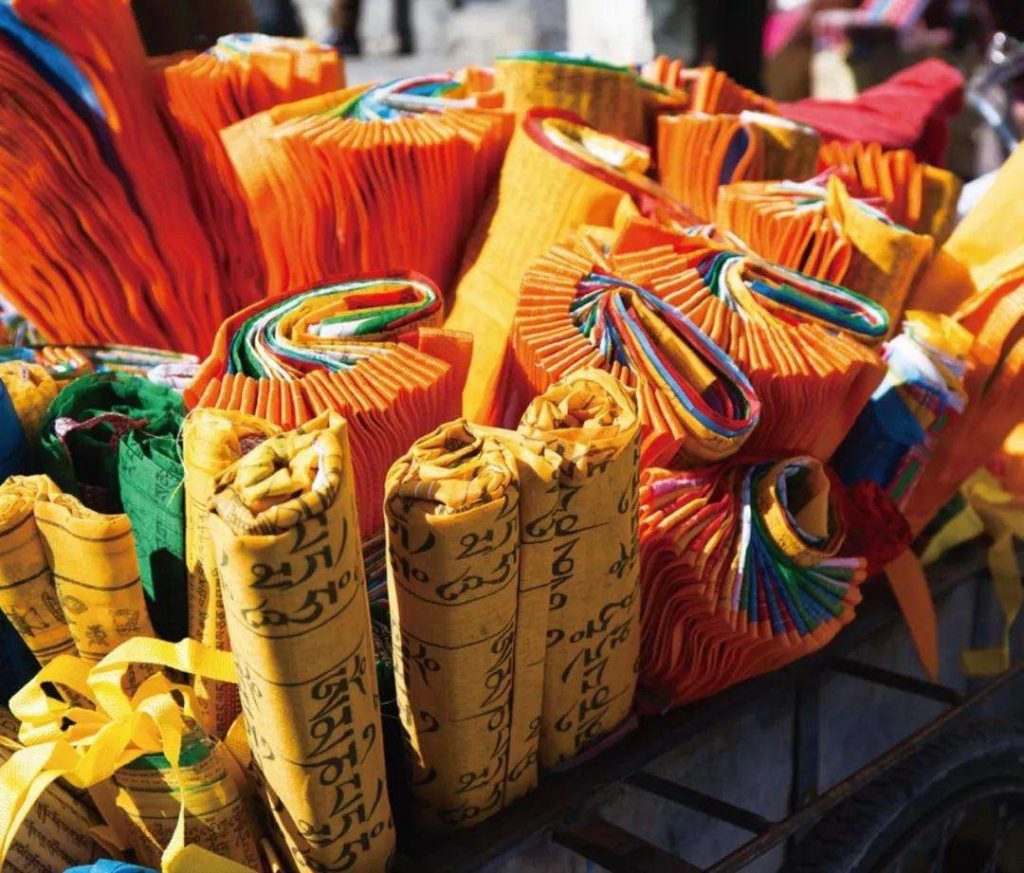
Another custom for Tibetans is that when girls are 17 years old, they need to have a grown-up ceremony on the second day of the first month in Tibetan calendar. The ceremony is also known as”Shangtou”. Tibetan girls have two braids when they are young, and have 3 braids when they are 13 to 14 year old,5 braids when they are 15 to 16 years old. When they get 17 years old, they should have more than 10 braids and start to wear adornments and beautiful clothes, denoting that they have become an adult.
